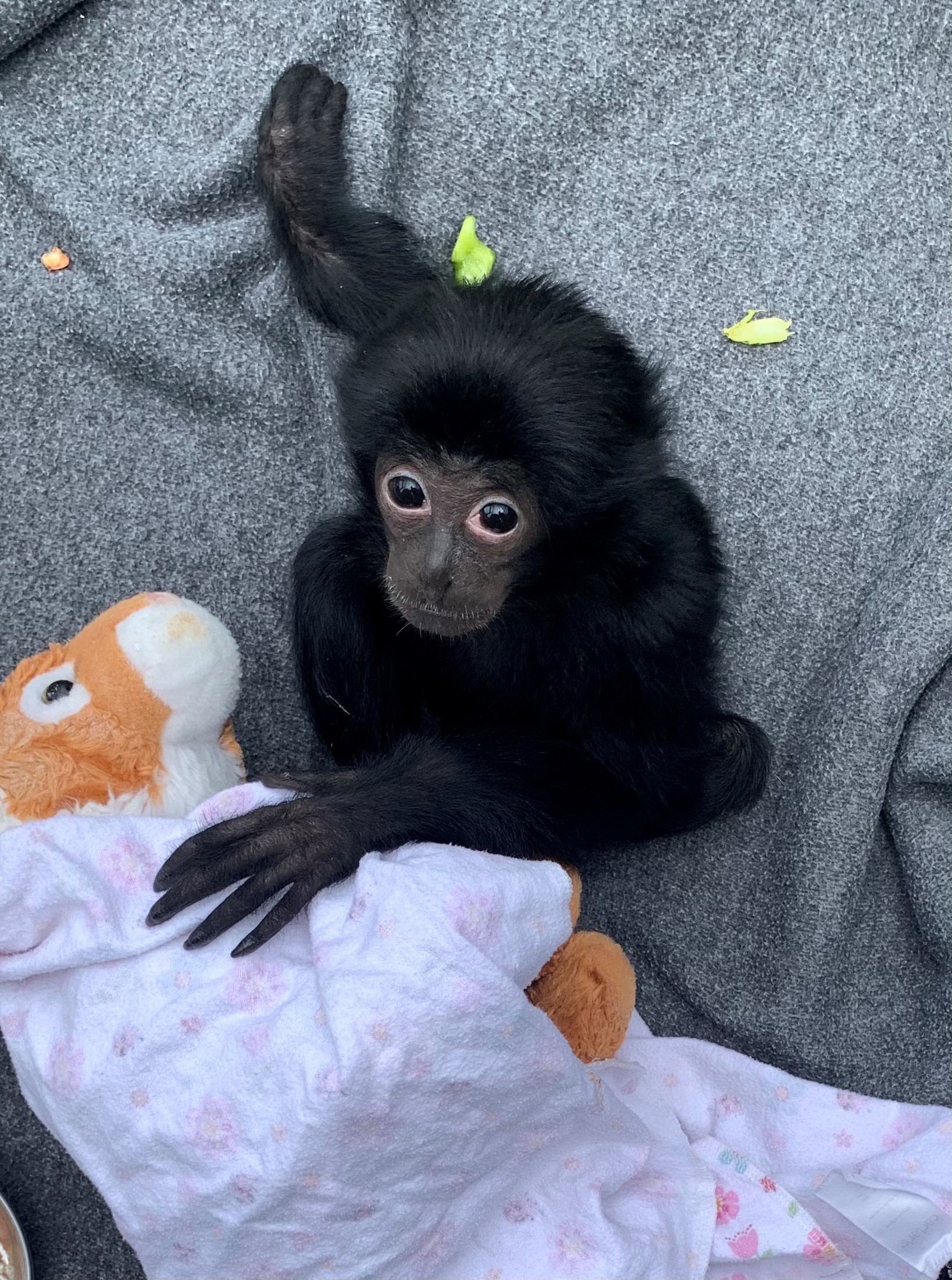Lovejoy, a juvenile siamang at the Virginia Zoo, is being hand-reared by staff after he appeared to be weaning from his mother earlier than expected and displaying possible developmental delays regarding using his limbs. The decision to hand-rear Lovejoy, after consultations with experts, became concerned that he was not getting the required nutrients or meeting developmental milestones. As he grows in strength and hits his milestones, the Virginia Zoo team will consult with species experts to determine when he may be ready to return to the habitat with his parents. The Virginia Zoo supports the Association of Zoos and Aquarium’s Ape Taxon Advisory Group, which is involved in conservation initiatives, such as anti-poaching patrols and improving management areas.
Lovejoy’s Milestone Moments: Part One
Lovejoy, the famous diamond that has captured hearts and minds for centuries, has had its fair share of milestone moments throughout history. This two-part series will explore some of Lovejoy’s most significant moments, starting with part one below.
Discovery of Lovejoy
Lovejoy’s journey started in the early 1800s when a group of diamond traders discovered it in the mines of Golconda, India. At the time, the diamond weighed a whopping 112.25 carats and was named “Eyre.” It remained in the hands of its discoverers for almost two decades.
Under the ownership of several wealthy individuals
In the mid-1800s, Lovejoy was sold to a succession of wealthy individuals, including the Parisian financier William Ward, who is believed to have acquired the diamond in 1850. Ward was famous for his extravagant lifestyle, and Lovejoy became one of his most prized possessions. Ward had the diamond cut to 45.52 carats, and the result was breathtaking, with Lovejoy’s unique features shining through.
Lovejoy was then sold to another wealthy collector, John D. MacArthur, one of America’s richest men in the early 1900s. MacArthur was known for his extravagant lifestyle and had a fondness for diamonds. Under his ownership, Lovejoy was again re-cut to 36.42 carats.
Exhibition in the significant diamond exhibitions
Lovejoy has been exhibited in several of the world’s major diamond exhibitions, including the World Expo in Paris in 1867 and the American Diamond Jubilee in 1926. At the last show, Lovejoy was showcased alongside several other famous diamonds, including the Hope Diamond and the Koh-i-Noor.
Conclusion
In conclusion, Lovejoy has had a remarkable journey throughout history, with numerous milestone moments. From its discovery in the Indian mines to its ownership by several of the world’s wealthiest individuals and exhibition in prominent shows, Lovejoy has remained a beautiful and alluring diamond that has captured the hearts of many. Stay tuned for part two, where we will delve further into Lovejoy’s milestone moments.


